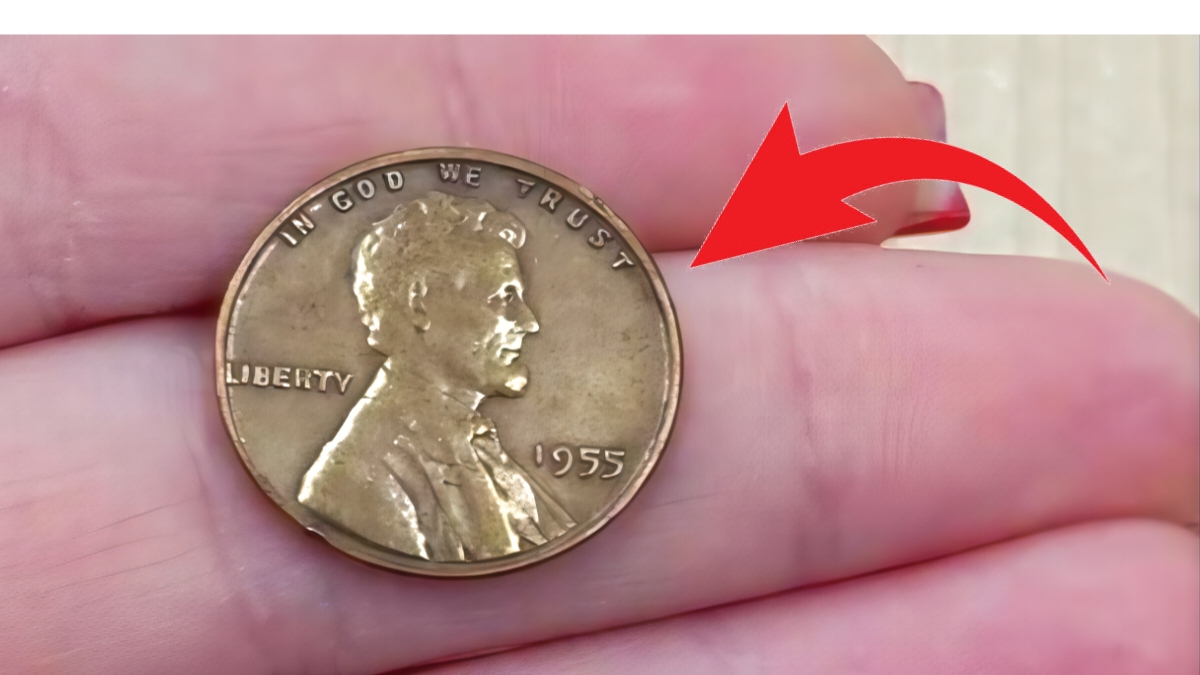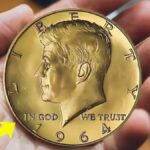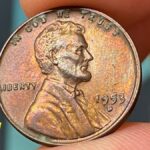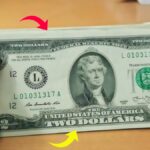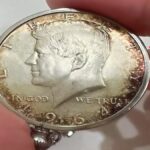The Lincoln Wheat Penny: In a world where most pennies barely buy a gumball, the idea of one being worth $110 million is beyond imagination. Yet, the numismatic universe has been shaken by the confirmed existence of such a Lincoln Wheat Penny. What looks like an everyday copper cent is, in reality, a jaw-dropping combination of rarity, error, and historical significance. And the wildest part? It might still be out there in circulation, waiting to be discovered in someone’s pocket change.
Birth of a Symbolic American Coin
The Lincoln Wheat Penny made its debut in 1909, commemorating the 100th anniversary of Abraham Lincoln’s birth. Sculpted by Victor D. Brenner, it marked the first time a real person—not a mythological figure—was featured on U.S. coinage. Its reverse design, bearing two wheat stalks, symbolized America’s agrarian strength. The Wheat Penny was minted until 1958, when the Lincoln Memorial design replaced it, but the original version has since gained legendary status among collectors.
The 1943 Copper Penny: A Minting Mishap Turned Treasure
During World War II, copper was urgently needed for wartime production. As a result, the U.S. Mint used zinc-coated steel to produce pennies in 1943. However, a few copper planchets from the previous year accidentally remained in the minting machinery. These rare 1943 copper pennies entered circulation unnoticed and have become some of the most valuable coins in American history. The one in question—valued at an astronomical $110 million—is thought to feature not just the rare copper composition but also a rare minting error, elevating its worth to near-mythical status.
The Anatomy of a $110 Million Penny
What exactly makes this penny worth more than a private island? It boils down to four major factors. First is rarity—only a few genuine 1943 copper pennies exist. Next is the error—if it includes a doubled die or off-center strike, it becomes exponentially more valuable. Condition plays a vital role, too, as collectors pay a premium for near-perfect, uncirculated coins. Lastly, demand from wealthy collectors can skyrocket prices at auctions, making it possible for a humble cent to command millions.
Valuable Clues in Your Coin Jar
It may sound like fantasy, but valuable coins are sometimes found in the most mundane places. From coffee cans in basements to jars in grandma’s attic, real Wheat Penny treasures have emerged from everyday environments. If you’re curious about your own coins, start by checking 1943 pennies—if it doesn’t stick to a magnet, you might have a copper one. Other valuable years include the 1909-S VDB, the 1914-D, the 1922 no mint mark, and the famously misprinted 1955 double die penny.
How to Identify a Rare Wheat Penny
For collectors and treasure hunters alike, certain characteristics can flag a valuable Wheat Penny. A genuine 1943 copper penny will weigh about 3.11 grams, unlike its steel counterpart at 2.7 grams. Another clue is magnetic: steel sticks, copper doesn’t. If your penny meets these criteria, don’t get too excited just yet—it needs to be authenticated. Professional grading services like PCGS and NGC are essential for verifying a coin’s authenticity and market value.
Don’t Ruin the Treasure: Never Clean Rare Coins
If you think you’ve found a rare penny, your first instinct might be to clean it. Don’t. Cleaning can leave microscopic scratches that destroy the coin’s historical integrity and market value. Instead, handle it with gloves or a soft cloth and place it in a coin holder. Get it examined by a numismatic expert before taking any further steps.
Wheat Pennies That Also Pack a Punch
While the $110 million Lincoln Wheat Penny is in a league of its own, several others are no slouch when it comes to value. A more common 1943 copper penny has sold for up to $1.7 million. The 1914-D can exceed $100,000, the 1922 no mint mark often fetches $80,000, and the 1955 doubled die can go for $50,000. Even standard Wheat Pennies in high-grade condition can command hundreds of dollars in the right market.
America’s Greatest Coin Mystery Lives On
The thought that the most valuable penny in the world might still be circulating adds an electric thrill to every pocket check and coin jar dump. It’s not just about the money—it’s about the history, the curiosity, and the chance to hold a piece of forgotten American lore in your hand. This $110 million Lincoln Wheat Penny has become more than a coin. It’s a symbol of how something so small can carry so much weight.
A Call to the Treasure Hunter in Us All
Whether you’re a seasoned numismatist or someone who hasn’t looked twice at a penny in years, the story of this Lincoln Wheat Penny reignites the timeless joy of discovery. The next time you receive change, take a moment. Flip the penny over. Check the date. You never know—an unassuming coin in your pocket might just be worth a fortune.
Disclaimer: This article is for informational purposes only and does not constitute financial or investment advice. Coin values can fluctuate based on market demand, condition, and verification by reputable grading agencies.
